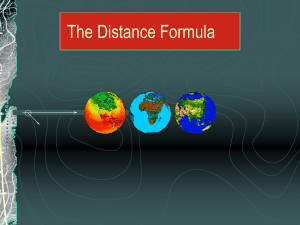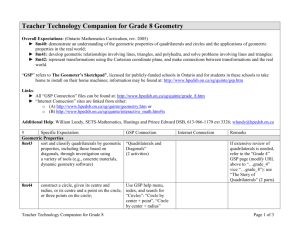Pythagorean Theorem Lesson Plan: Geometry Activities & Proofs
advertisement
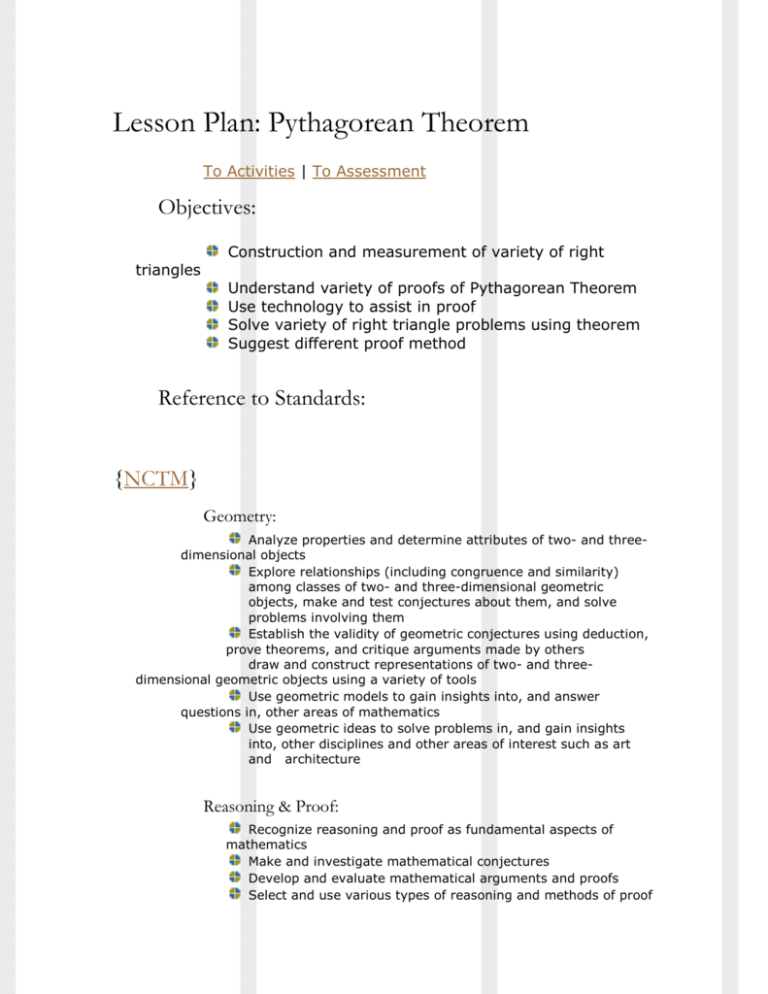
Lesson Plan: Pythagorean Theorem
To Activities | To Assessment
Objectives:
Construction and measurement of variety of right
triangles
Understand variety of proofs of Pythagorean Theorem
Use technology to assist in proof
Solve variety of right triangle problems using theorem
Suggest different proof method
Reference to Standards:
{NCTM}
Geometry:
Analyze properties and determine attributes of two- and threedimensional objects
Explore relationships (including congruence and similarity)
among classes of two- and three-dimensional geometric
objects, make and test conjectures about them, and solve
problems involving them
Establish the validity of geometric conjectures using deduction,
prove theorems, and critique arguments made by others
draw and construct representations of two- and threedimensional geometric objects using a variety of tools
Use geometric models to gain insights into, and answer
questions in, other areas of mathematics
Use geometric ideas to solve problems in, and gain insights
into, other disciplines and other areas of interest such as art
and architecture
Reasoning & Proof:
Recognize reasoning and proof as fundamental aspects of
mathematics
Make and investigate mathematical conjectures
Develop and evaluate mathematical arguments and proofs
Select and use various types of reasoning and methods of proof
Communication:
Organize and consolidate their mathematical thinking through
communication;
Communicate their mathematical thinking coherently and
clearly to peers, teachers, and others;
Analyze and evaluate the mathematical thinking and strategies
of others;
Use the language of mathematics to express mathematical
ideas precisely.
{ISBE}
Geometry:
9.A.5 Use geometric figures and their properties to solve
problems in the arts, the physical and life sciences and the
building trades, with and without the use of technology.
9.C.5a Perform and describe an original investigation of a
geometric problem and verify the analysis and conclusions to
an audience.
9.C.5b Apply physical models, graphs, coordinate systems,
networks and vectors to develop solutions in applied contexts
(e.g., bus routing, areas of irregular shapes, describing forces
and other physical quantities).
Back to Top
Activities:
Day 1: Introduction to Pythagorean Theorem
Teacher
Students
Introduce topic by allowing students to construct right
triangles and discussing relationships among lengths of
sides (Activity 1)
Lead discussion of findings from construction activity
Introduce theorem using GSP notebook (GSP 1)
Suggest reading & Written problems
Construct and measure sides of right triangles using rulers
(Activity 1)
Conjecture about relationships of sides of right triangle
Get acquainted with the Pythagorean Theorem using
Geometer’s Sketchpad notebook (GSP 1)
Begin reading & written work
Day 2: Calculations
Teacher
Student
Present different proofs of theorem (GSP 2)
http://www.cut-the-knot.com/pythagoras/
Present example problem solutions as whole class unit
Allow time for student to work together on problems
Review written problems by having students present
solutions
Use GSP notebooks and internet to explore different proofs
http://www.cut-the-knot.com/pythagoras/
Work on problems in small groups
Prepare solutions for discussion
Diverse Learners:
The activities presented are likely to be easily followed by
students without disabilities or special needs. Students need to
engage with one another during computer time and collaborate
in whole class discussion following inquiry into the Pythagorean
Theorem. Some students may need preparations prior to the
class day to review and read items to be covered. Handouts can
easily be made from documents included with this lesson.
Technology use will encourage all students to engage in learning
and may be more appropriate for including students with special
needs.
Assessment:
Students will be required to understand at least one
method of proof of the Pythagorean Theorem. The assignment
from the GSP portion of the activities should allow for a variety
of creative ideas that will provide insight to what students are
learning and thinking about. After extensive review of problems
taken from the text, a quiz including similar problems would be
recommended.
Back to Top


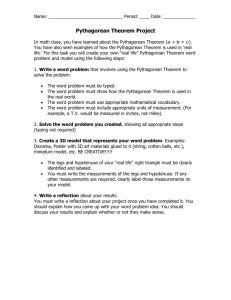
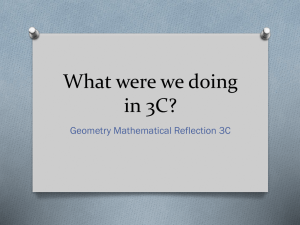
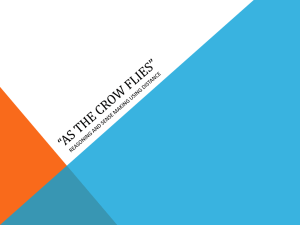
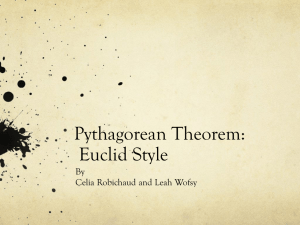

![Pythagorean Theorem (Metacognitive)[Math]](http://s3.studylib.net/store/data/006655900_1-49c85534c0a402851c9d809e5ad57cbb-300x300.png)
